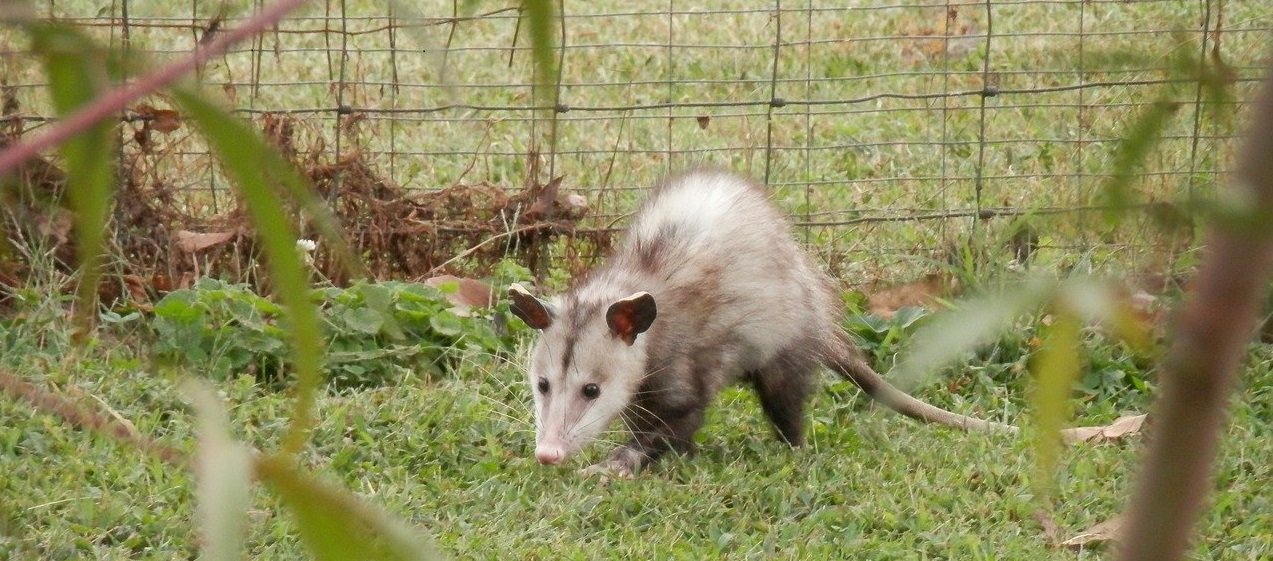What Do Opossums Look Like?

The bodies of common opossums are gray, with white, pointy faces. Possums are the only mammal in the United States with prehensile tails, so their naked tails are unique. They can use them to grasp objects as a fifth limb. Possums spend a lot of time in trees, and young ones often hang from branches by their tails, though adults are too heavy to do so. Adult opossums are two to five feet long and weigh eight to thirteen pounds. They have four fingers and opposable thumbs on their hind feet, making them the only mammal with four fingers and opposable thumbs.
Learn More: Frequently Asked Possum Control Questions
What Are The Most Common Opossum Species?
Opossums come in over 60 different species. The common opossum, also known as the Virginia opossum, is the species most people think of when they hear about this animal. These are, however, two distinct species. Didelphis marsupialis is the scientific name for the common opossum, and Didelphis virginiana is the scientific name for the Virginia opossum.
These opossums have a pink tip to their cone-shaped nose, a long hairless tail, and white, gray, and black fur. The only marsupial found naturally in North America is the opossum.
How To Identify A Dead Possum?
Opossums are famous for their tendency to “play dead” when they sense an immediate threat. While opossums can go into a catatonic state to frighten predators away, this is a rare occurrence. When threatened by people or pets, they frequently display their sharp teeth and stand their ground.
Being able to tell if the animal is dead or alive can be quite tricky. The best thing to do is observe the possum from a distance for about an hour. If the animal’s ears twitch, it’s likely that the opossum is still alive. Never physically handle possums because they may bite or even carry harmful diseases.
Who Can Help Me Prevent Opossum Problem?
Whether the opossum is dead or alive, removal should always be conducted by an experienced wildlife control technician. These animals often carry fleas and ticks that will be looking for a new host (the person handling the opossum). Wildlife control professionals are equipped with proper safety equipment and are trained for appropriate live wildlife relocation. If the animal is deceased, the animal will be disposed of while preventing the spread of disease.
